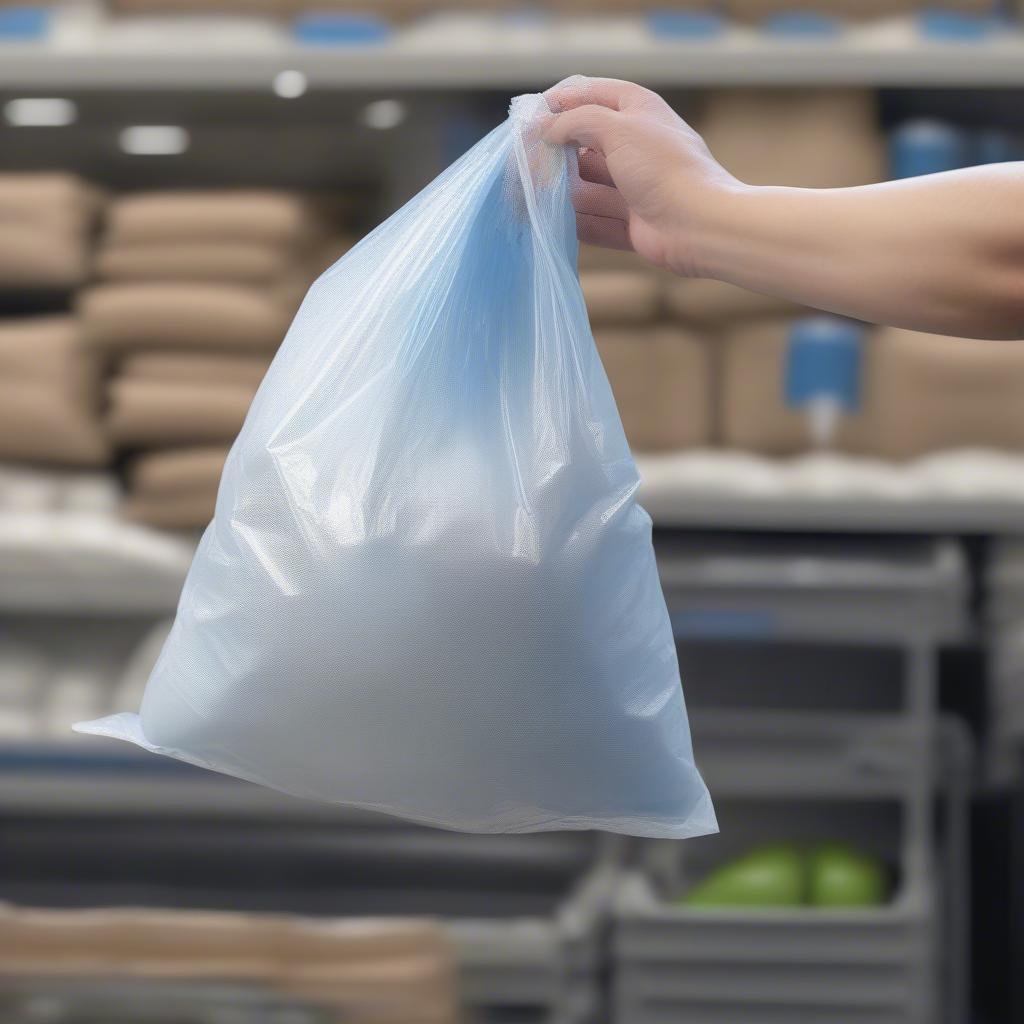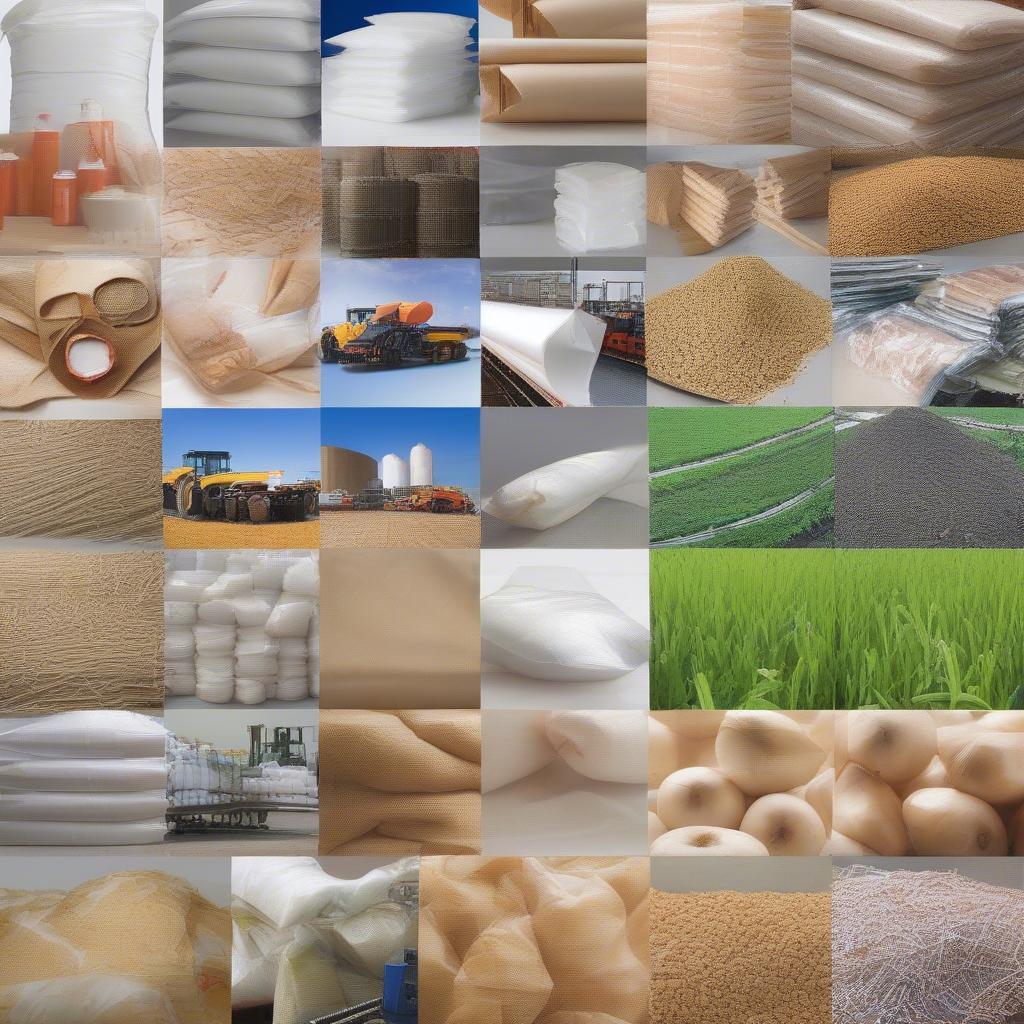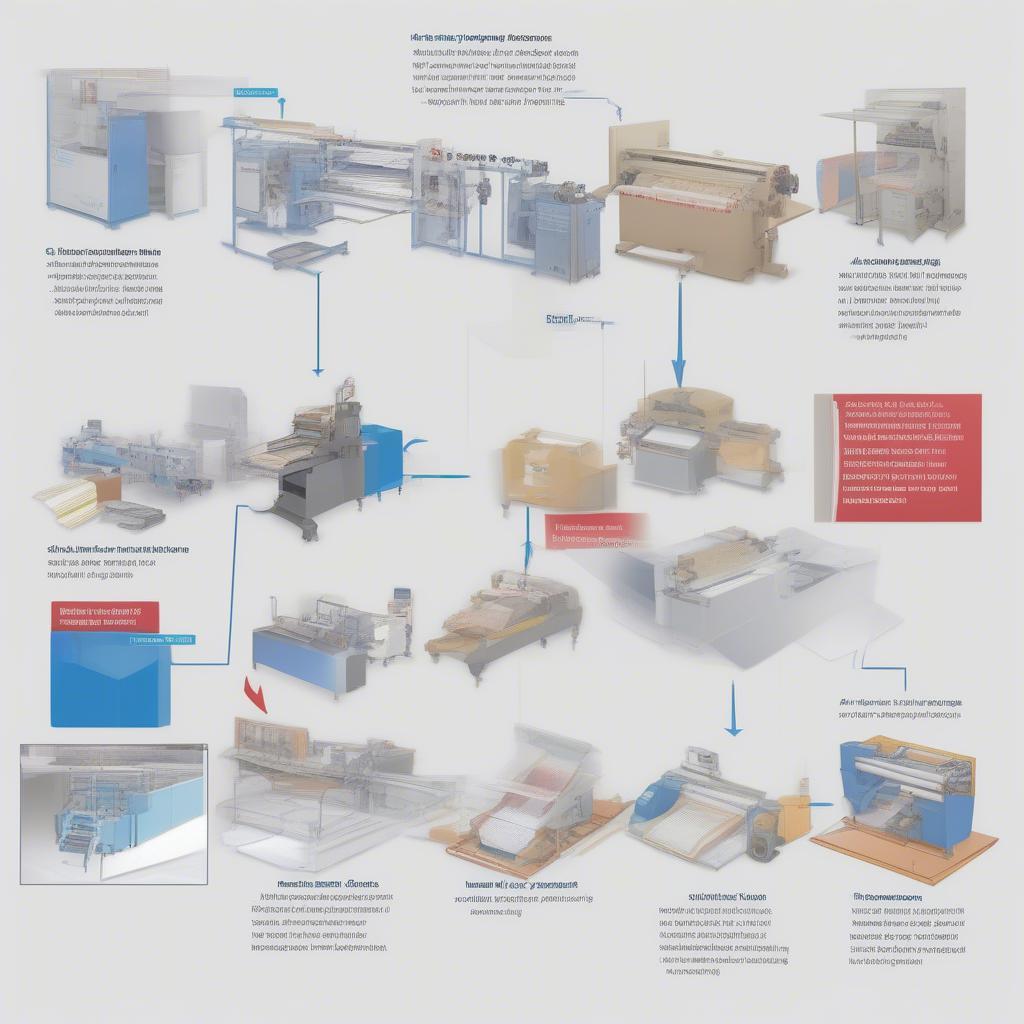Woven Bag
HDPE Woven Sack Laminated Bag: The Ultimate Guide
Hdpe Woven Sack Laminated Bags are becoming increasingly popular for packaging various products, from agricultural goods to industrial materials. These robust and versatile bags offer a superior solution for storage and transportation, providing excellent protection against moisture, dust, and UV rays. This comprehensive guide will delve into the world of HDPE woven sack laminated bags, exploring their benefits, applications, and manufacturing process. woven bulk product bags
Understanding HDPE Woven Sack Laminated Bags
HDPE, or High-Density Polyethylene, is a thermoplastic polymer known for its strength and durability. Woven sacks made from HDPE are further enhanced with a laminated layer, which provides additional protection against external elements. This lamination can be made of various materials, such as BOPP (Biaxially Oriented Polypropylene) or PP (Polypropylene), each offering different properties and benefits.
What are the Advantages of Using HDPE Woven Sack Laminated Bags?
HDPE woven sack laminated bags offer several advantages over traditional packaging solutions:
- Durability: They are highly resistant to tearing, punctures, and abrasion, making them ideal for handling heavy or sharp objects.
- Moisture Resistance: The laminated layer acts as a barrier against moisture, protecting the contents from rain, humidity, and spills.
- UV Protection: The lamination can also provide protection against UV rays, preventing degradation of sensitive products.
- Customizability: These bags can be customized with printing, logos, and different colors, allowing for branding and product identification.
- Cost-Effectiveness: HDPE woven sack laminated bags are a relatively inexpensive packaging solution compared to alternatives like cardboard boxes or rigid plastic containers.
- Recyclability: HDPE is a recyclable material, contributing to a more sustainable packaging solution.
 Advantages of HDPE Woven Sack Laminated Bags
Advantages of HDPE Woven Sack Laminated Bags
Applications of HDPE Woven Sack Laminated Bags
These versatile bags find application in a wide range of industries:
- Agriculture: Used for packaging grains, fertilizers, seeds, and animal feed.
- Construction: For storing and transporting cement, sand, gravel, and other building materials.
- Chemicals: Packaging various chemicals, powders, and granules.
- Food Processing: Storing and transporting sugar, flour, rice, and other food products.
- Industrial Products: Packaging various industrial goods, such as resins, plastics, and metal parts.
What makes these bags so versatile? Their inherent strength and protective qualities make them suitable for a diverse range of products and environments. For example, the moisture resistance is crucial for agricultural products, while the durability is essential for construction materials.
 Applications of HDPE Woven Sack Laminated Bags
Applications of HDPE Woven Sack Laminated Bags
The Manufacturing Process of HDPE Woven Sack Laminated Bags
The production of HDPE woven sack laminated bags involves several key steps:
- Extrusion: HDPE resin is melted and extruded into thin tapes.
- Weaving: The tapes are woven together to create the fabric for the sack.
- Cutting and Sewing: The woven fabric is cut and sewn into the desired shape and size of the bag.
- Lamination: A layer of lamination material is applied to the woven fabric, providing additional protection.
- Printing (Optional): The bags can be printed with logos, branding, and other information.
“The lamination process is crucial for enhancing the bag’s protective properties,” says John Doe, a packaging engineer with 20 years of experience. “It creates a barrier against moisture, UV rays, and other external elements, ensuring the integrity of the contents.”
Choosing the Right HDPE Woven Sack Laminated Bag
Selecting the appropriate HDPE woven sack laminated bag requires consideration of several factors:
- Size and Capacity: Determine the required size and weight-bearing capacity of the bag.
- Lamination Type: Choose the appropriate lamination material based on the product being packaged.
- Printing Requirements: Decide on any necessary printing or branding for the bags.
- Supplier Reliability: Select a reputable supplier with a proven track record of quality and timely delivery.
“Choosing the right bag is essential for maximizing product protection and minimizing costs,” adds Jane Smith, a supply chain manager with extensive experience in the packaging industry. “It’s important to consider the specific needs of your product and choose a bag that meets those requirements.”
 Manufacturing Process of HDPE Woven Sack Laminated Bags
Manufacturing Process of HDPE Woven Sack Laminated Bags
Conclusion
HDPE woven sack laminated bags offer a versatile, durable, and cost-effective packaging solution for a wide range of industries. Their robust construction and protective properties make them ideal for storing and transporting various products, from agricultural goods to industrial materials. By carefully considering the factors discussed in this guide, businesses can select the optimal HDPE woven sack laminated bag to meet their specific needs.
woven sack bag manufacturer in gujarat
FAQ
- What is the difference between woven and laminated bags?
- Are HDPE woven sack laminated bags recyclable?
- What are the common sizes of these bags?
- How can I customize these bags with my company logo?
- What is the lifespan of an HDPE woven sack laminated bag?
- What are the alternative materials for making woven sacks?
- How do I choose the right supplier for HDPE woven sack laminated bags?
Need help finding the perfect HDPE woven sack laminated bag for your business? Contact us at Hanoi, Vietnam or Tech Avenue, Suite 12, San Francisco, CA 94105, USA. We have a 24/7 customer service team.
